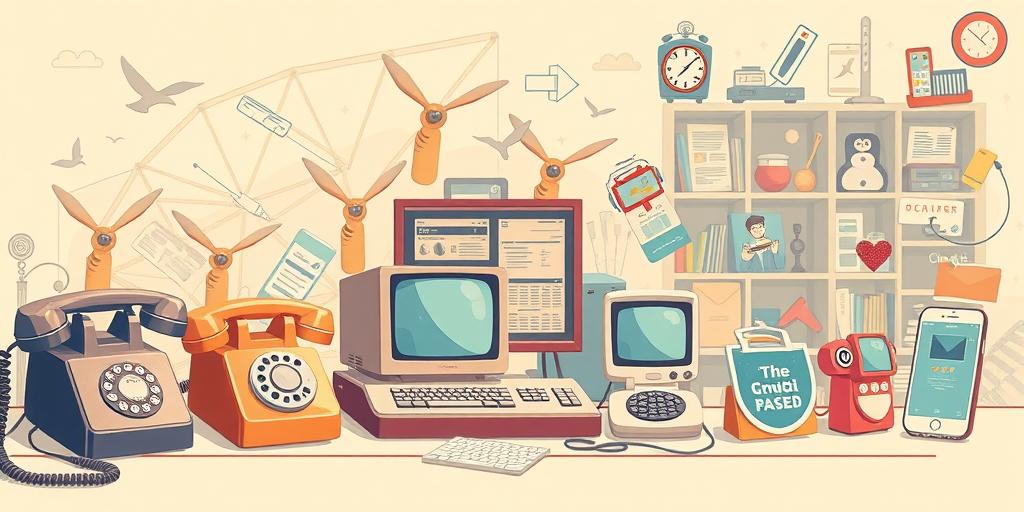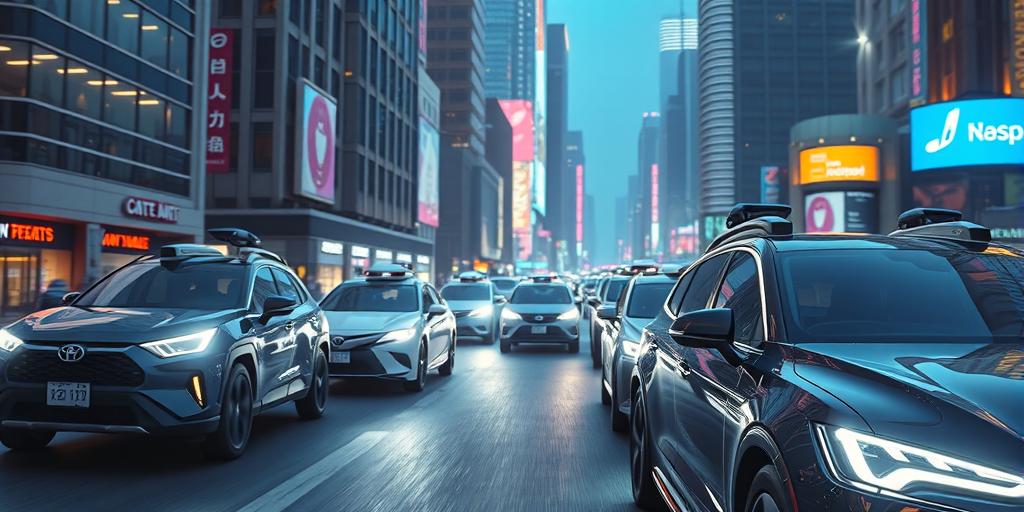When Social Media Was a Novelty, Not a Necessity
Step back in time with us and explore the fascinating era when social media was a novel concept, not the omnipresent force it is today. Remember those days before the constant updates, endless scrolling, and the pressure to maintain an online persona? It’s hard to imagine, but there was a time when connecting with friends and family meant picking up the phone, writing a letter, or simply having a face-to-face conversation. Let’s dive into the past and revisit those simpler times when social media was a novelty, not a necessity, and discover how we navigated communication and connection in that era.
The Dawn of Online Socialization: From Bulletin Boards to Early Social Networks
Before the likes of Facebook, Instagram, and Twitter, the internet was a far less social place. Early forms of online communication mainly revolved around text-based platforms. Bulletin board systems (BBS) were among the first, allowing users to connect using dial-up modems, exchange messages, and participate in discussions. This early form of social interaction laid the groundwork for the more sophisticated social media platforms that would follow. Think about the challenges of using dial-up modems; the connection speed alone restricted interaction to mostly text-based discussions. Finding people online wasn’t about algorithms; it was about serendipity and a shared interest in the BBS’s specific niche. This era also saw the rise of early chat rooms, places where people could communicate in real-time, which were especially popular amongst gamers and individuals seeking out online communities centered around common hobbies or interests. Early adopters recall the excitement of logging in and discovering new connections in these digital spaces. The slow pace of communication fostered a stronger sense of community and genuine connection. Those early online interactions were about participation and building relationships, not the curated perfection of today’s platforms.
The limitations of early social media: bandwidth, dial-up and more.
The technical limitations of the time dictated the way people communicated online. The need for dial-up modems, which were expensive and slow, severely limited the amount of information people could share and the speed at which they communicated. The absence of widespread broadband meant that uploading images, or even short videos was close to impossible. In addition, social media platforms were extremely basic compared to modern standards and did not incorporate many of the features users now take for granted. This simplicity, however, helped to foster a stronger sense of community among users who felt more connected due to their shared experiences of limited resources and slow connections. It encouraged a sense of patience and fostered deep bonds because interaction was less frequent and more deliberate.
The Rise of Social Media Giants: MySpace, Facebook, and the Shift in Communication
The mid-2000s marked a turning point with the emergence of platforms like MySpace and later Facebook. Suddenly, sharing photos, updates, and personal information became commonplace, leading to a significant shift in how people communicated and connected. MySpace, with its customizable profiles and music integration, became a cultural phenomenon, offering users a personalized space to express themselves creatively. The introduction of Facebook, however, marked a truly pivotal moment. Its focus on connecting with real-life friends and family revolutionized the way people interacted online, expanding beyond just sharing music and messages to encompass a more holistic approach to online relationships. The ability to connect with others visually, share life events, and instantly receive updates transformed communication, making the world seem smaller and more interconnected. While some lament this change, bringing people closer has always been the goal of social media. It’s evolution, not the fundamental idea, which is under scrutiny.
Impact on personal relationships and the way we communicate today.
These early giants not only changed how we communicate but also impacted personal relationships. Suddenly, maintaining relationships across geographical distances became easier. While some believe this enhanced connections, others highlight the potential for increased misunderstandings and the challenges of maintaining authentic communication due to the curated nature of online interactions. The rise of social media also introduced novel ways to stay updated on friends’ and family’s lives, potentially leading to both a sense of increased connection and the potential for social comparison. It’s a complex interplay that shaped and continues to shape modern relationships.
The Era of Mobile Social Media and Constant Connectivity
The advent of smartphones and widespread mobile internet access propelled social media into the hyper-connected world we know today. The ability to instantly share updates, photos, and videos anytime, anywhere, changed our lives dramatically. This era of constant connectivity brought forth both incredible benefits and unforeseen challenges. The accessibility made it easier to stay connected, but the constant stream of information and notifications also brought a sense of overstimulation and the pressure to maintain a constant online presence. We see evidence of this today, with increased cases of technology addiction, social anxiety and comparison, depression, and social isolation. This underscores the need for a balanced approach to technology use and a mindful awareness of how it impacts our lives and well-being. The ability to always be connected has fundamentally changed the nature of privacy and social engagement. We have created digital echoes of ourselves in the form of profiles, posts, pictures, and videos for others to scrutinize.
Navigating the digital age responsibly
To navigate this digital age responsibly, we need to develop practices that help us use social media in a balanced way. We must acknowledge the potential effects of excessive social media use on our mental and emotional well-being. It’s also crucial to develop media literacy skills to critically assess the information we consume online. We need to prioritize our well-being and ensure that our online activities support a positive and healthy life. Spending less time scrolling and engaging in more real-world interactions can help to combat negative effects.
From Novelty to Necessity: Reflecting on the Evolution of Social Media
The journey of social media from a novelty to a necessity is a remarkable testament to technological innovation and its impact on human interaction. What started as simple text-based platforms evolved into sophisticated multimedia experiences that profoundly changed how we communicate and connect. While the benefits are undeniable—enhanced connections, increased accessibility, and rapid information dissemination—we must also acknowledge and address the potential downsides, including issues of privacy, mental health, and the pressure to maintain a perfect online persona. Striking a balance between harnessing the power of social media for connection and maintaining a healthy relationship with technology is key to thriving in this ever-evolving digital landscape. Consider this: How much time do you spend on social media each day? Are you happy with this balance? Are you using social media for good?
Ready to reclaim your time and mental well-being? Take a digital detox today and experience the transformative power of disconnecting to reconnect with yourself and the world around you!













